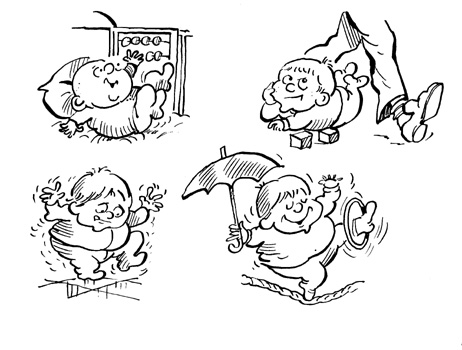

In learning, we proceed from (1) unconscious incompetence to (2) conscious incompetence, then through (3) conscious competence to (4) unconscious competence.
Thus we begin at a level where we are unaware of our incompetence (e.g. a child unable to walk) to a level where our incompetence enters our consciousness (the child recognises that others around it are walking, but is as yet unable to emulate them). Conscious competence arrives with the child's first faltering steps and only becomes unconscious competence when it finally walks without having to concentrate on the act of walking.
The same four stages apply to the learning of any skill. A patterned response, which has been stabilised at the level of unconscious competence is known as an engram. These engrams are beneficial if they involve automatic activities which are useful, but also comprise activities which are automatic and pernicious, such as addictive behaviour.
NLP can teach us how to reinforce those patterns which we like, and how to change the harmful or unsatisfactory patterns by changing our mental state.
[See: State, State of Excellence]

Simple learning is making a habit of a simple response. It is also known as stimulus-response. Learning our name, responding to it when it is called, is an example of habit learning. Adding numbers at a simple level, i.e. without trying to understand what they may represent at a higher level, is another instance of simple learning. Complex learning, also known as cognitive memory learning, involves the "how", "what" and "why" of our learning, associating the learning with intellectual or emotional response.
[See: Anchoring, Learning Four Stages Of ]